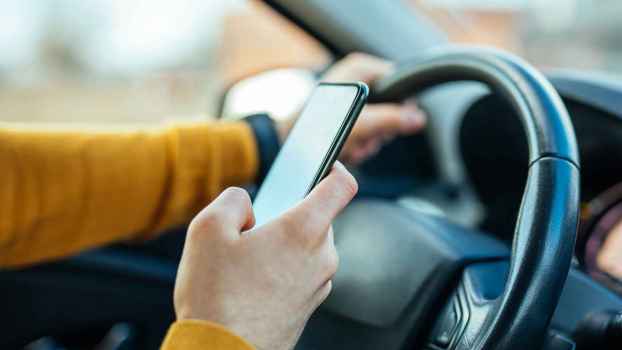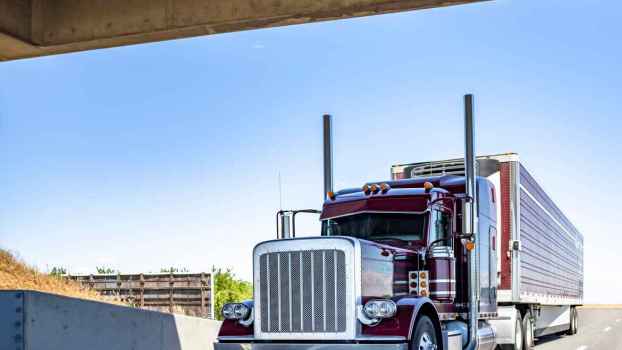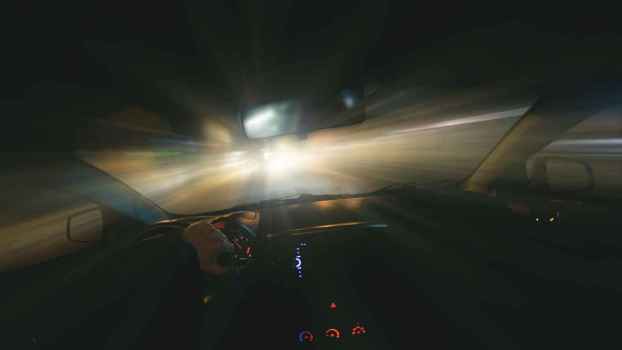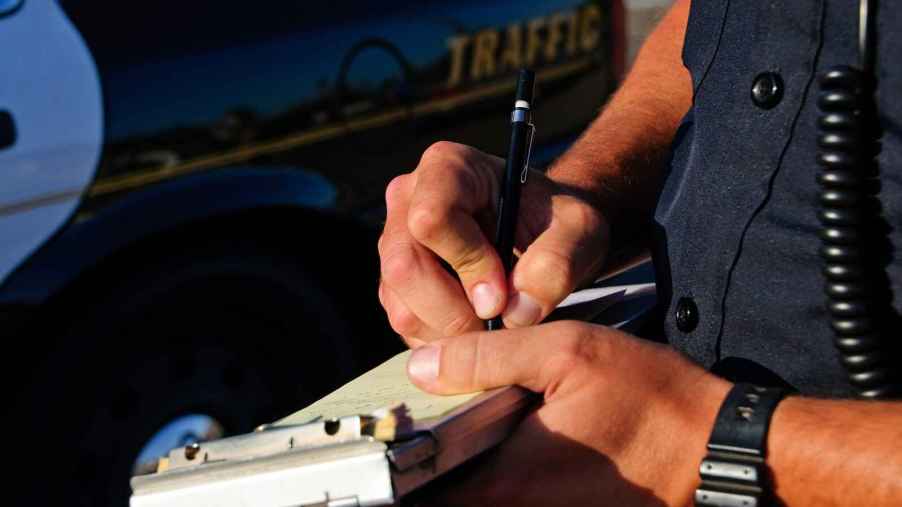
Texting While Driving Is a Primary Traffic Violation in 48 States – What Does That Mean?
In the U.S., state laws often declare traffic violations as either primary or secondary. What’s the difference between them? Primary traffic violations are pretty clear and simple. After primary laws, though, secondary traffic violation law gets a bit cloudy from state to state. Let’s dig in.
Primary traffic violations are offenses for which a police officer can immediately pull someone over and issue a citation
In 48 states, texting while driving is a primary violation. For example, in most states, if a police officer or highway patrolman sees you texting while operating a car, they can pull you over and issue a ticket. Missouri and Montana allow texting while driving. In Missouri, though, you must be at least 21 to text while driving. Seems straightforward enough.
In some states, secondary traffic violations are defined as ones that a police officer might notice but cannot pull you over for. For instance, some states consider a cracked windshield a violation, but it’s a secondary one. This means that authorities can’t just pull you over because they notice the cracked windshield and nothing else.
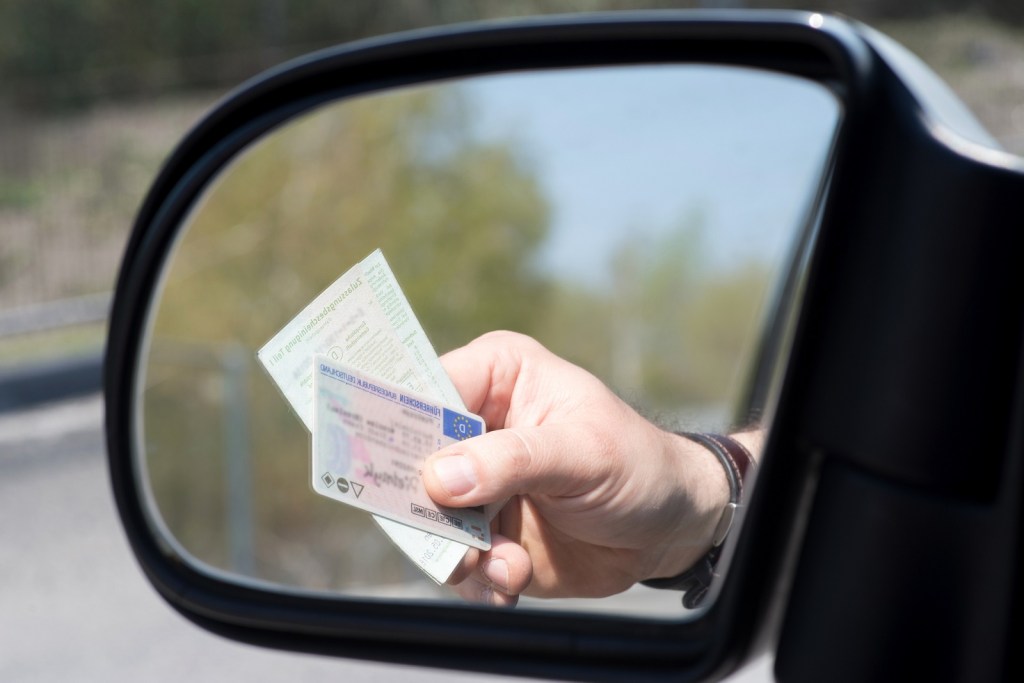
Additionally, illegal offenses noticed after someone is already pulled over are also labeled secondary violations. Say you’re pulled over for speeding, and the officer notices you aren’t wearing your seat belt when they walk up to talk to you. Depending on the state, the seat belt offense could be labeled as a secondary violation. While it’s something they noticed after the primary violation was flagged, you could be in for an additional dock against your record.
Also, in some states, police officers are able to ignore higher-level differentiation between primary traffic violations and secondary ones. In New York state, for instance, officers can pull drivers over for any violation witnessed. This was confirmed by Lt. Robert Donnelly of the Colonie Police Department via Times Union.
Examples of primary and secondary traffic violations
Note: Confirm your state’s laws; these are examples only.
| Traffic Violation | Primary or Secondary? |
| Speeding | Primary |
| Driving under the influence | Primary |
| Running a traffic light or stop sign | Primary |
| Texting while driving | Primary (excluding Missouri, Montana) |
| Not wearing a seatbelt | Primary or Secondary (highly mixed by state) |
| Broken taillight | Secondary |
| Cracked windshield | Secondary |
| Driving on the freeway at 2 a.m. with only a probationary license | Secondary (Ohio example) |
Be sure to check your state’s specific laws differentiating primary traffic violations from secondary ones. In general, risky operating behaviors that can directly cause accidents are considered primary traffic violations.
